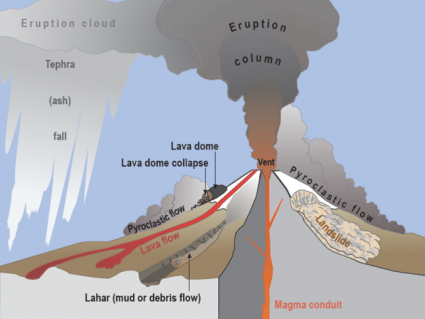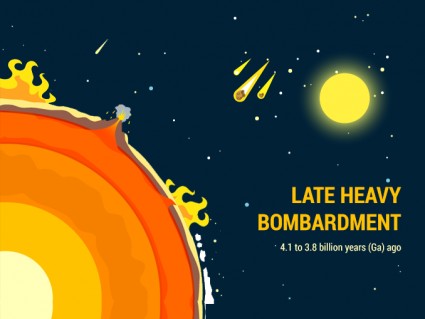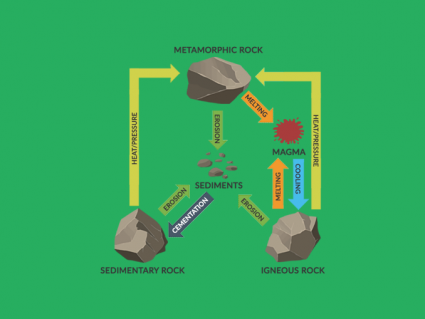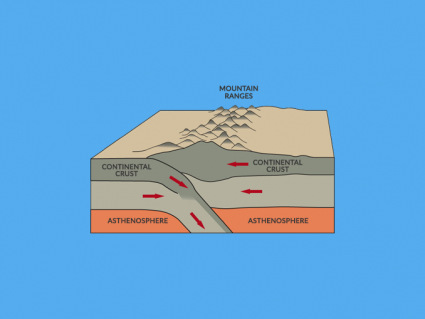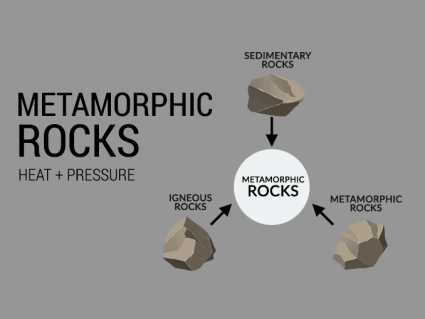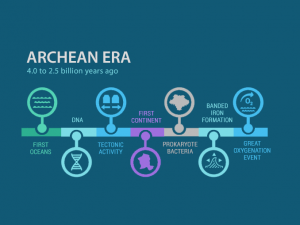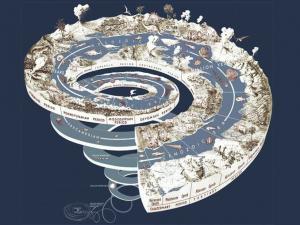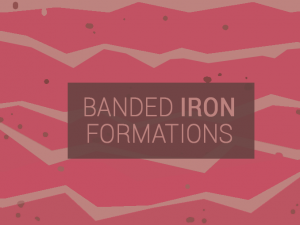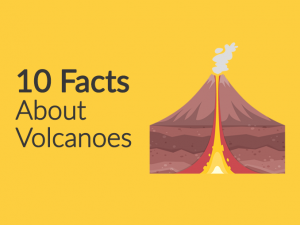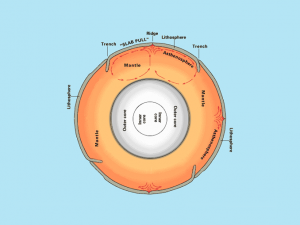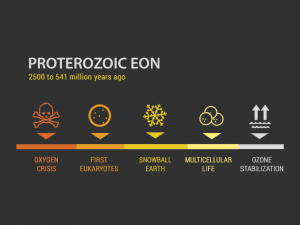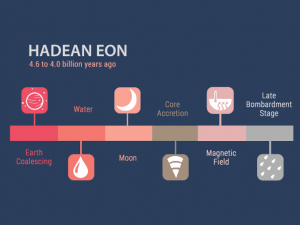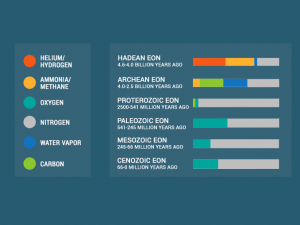Coal Formation: How Coal Forms
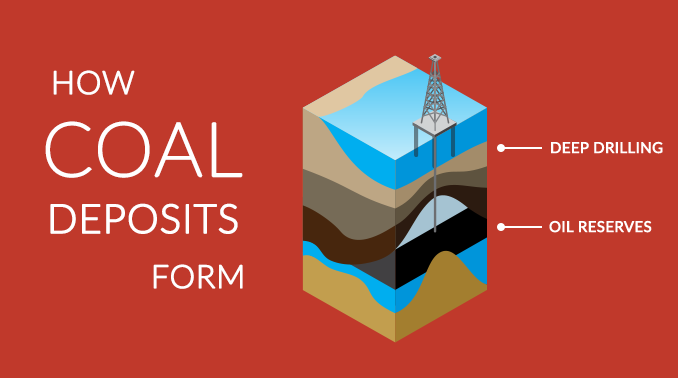
How Coal Forms
Coal, oil, and hydrocarbons, in general, are made from living organisms that have been broken down from intense heat and pressure millions of years ago.
Marine organisms like algae and plants died over the ocean floor. Then, they were compacted into the ground and heated in an environment without oxygen.
It took millions of years for hydrogen and carbon to isolate, fuse, and form hydrocarbons.
Today, we harness these coal and oil reserves which are the lifeblood of our economy fueling our transportation systems worldwide.
When did coal form?
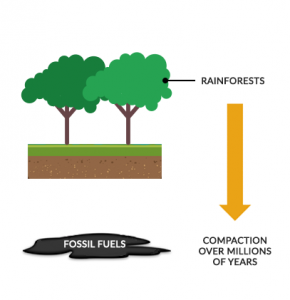
The Carboniferous Era (359.2-299 MYA) was a remarkable time in Earth’s history. One of the key outcomes of this era is how it created the perfect conditions for coal formation and producing gigatons of hydrocarbons.
A key characteristic is how lush rainforests towered the landscape. This era lasted for 60 million years with large primitive trees and swamp forests stretching the land.
If you look back at Earth’s history, this period contained the highest atmospheric oxygen levels ever. This was due to the fact that trees dominated the continents with ideal growing conditions.
As millions of years pass, trees die and fall to the ground. Eventually, there were so many trees that they stacked on top of one another. If you account for all the coal reserves in the world, 90% of it comes from that era.
The best types of reservoirs for petroleum are sedimentary rocks. That’s why when you look for oil and gas, you look for sandstone and limestone rocks.
How come bacteria didn’t exist to break trees down?
If a tree falls in the forest, what happens to it? In our time, tiny, microscopic bacteria, fungi, and microbes decompose them. They break the carbon bonds in wood which releases oxygen and carbon into the air.
But the key difference to the Carboniferous period was that most of these microscopic organisms haven’t evolved yet. If these microscopic organisms had been around, carbon would not have remained in the wood.
Instead of releasing carbon and oxygen into the air, it created perfect conditions for coal formation from these fallen trees. This is because all the carbon remains in the wood to become the prime ingredient in hydrocarbons.
So, for 60 million years, this natural process of laying down vast swamp forests under sediment continued. Eventually, they anaerobically became coal, and oil reserves were all stored underground.
What is the long-term carbon cycle?
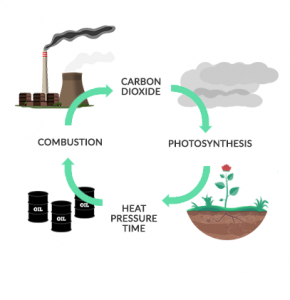
Over long periods of time, carbon is in motion in the long and short-term carbon cycle. As we unlock fossil fuels from the ground, this high energy, non-renewable resource powers our economy.
As we just learned, petroleum or crude oil is a naturally occurring result. It took millions of tonnes of pressure deep underground and millions of years to create. From here, we refine crude oil into various products like gasoline and motor oil.
Through combustion, gasoline (C8H18) cycles through the short and long-term carbon cycle. It starts with combustion. In just seconds, carbon becomes a pollutant as carbon dioxide (CO2) enters the atmosphere.
Carbon dioxide may stay in the atmosphere for a while, but eventually, plants consume it during photosynthesis. So that same weight of carbon gets converted into wood or plant material by photosynthesis.
If you want carbon to become a fossil fuel again, you need millions of years of time. In addition, you won’t have the same conditions during the Carboniferous era because these microorganisms would decompose the wood before they get buried.
Oil powers everything
As we unlock coal and oil reserves, they hold incalculable worth for our economy. Likewise, we rely on them for day-to-day life such as for our transportation and energy systems.
Much of the coal that we find today was produced during the Carboniferous period from hydrocarbon plants. To this day, we reap the rewards because oil is cheap, plentiful, and relatively easy to pull out of the ground.
Crude oil is the natural result of living organisms breaking down from intense heat and pressure deep underground. It’s often called “crude oil”.
From here, we refine “crude oil” into products like gasoline that’s a liquid. We also have “natural gas” which is a lighter hydrocarbon that is not a liquid at room temperature. Finally, “fossil fuels” is the overarching category that contains oil, gas & coal.
Coal Formation: How Coal Forms
Coal is a sedimentary rock made from the remains of plants and animals that lived on land. Coal is formed when organic matter, such as peat, decays into sediment in an area with no oxygen.
Interested in learning more about coal formation and Earth’s processes? Check out our timeline of Earth and our section on geology to get informed.
Do you have any questions or comments? Please feel free to use the comment form below and let us know what’s on your mind.

